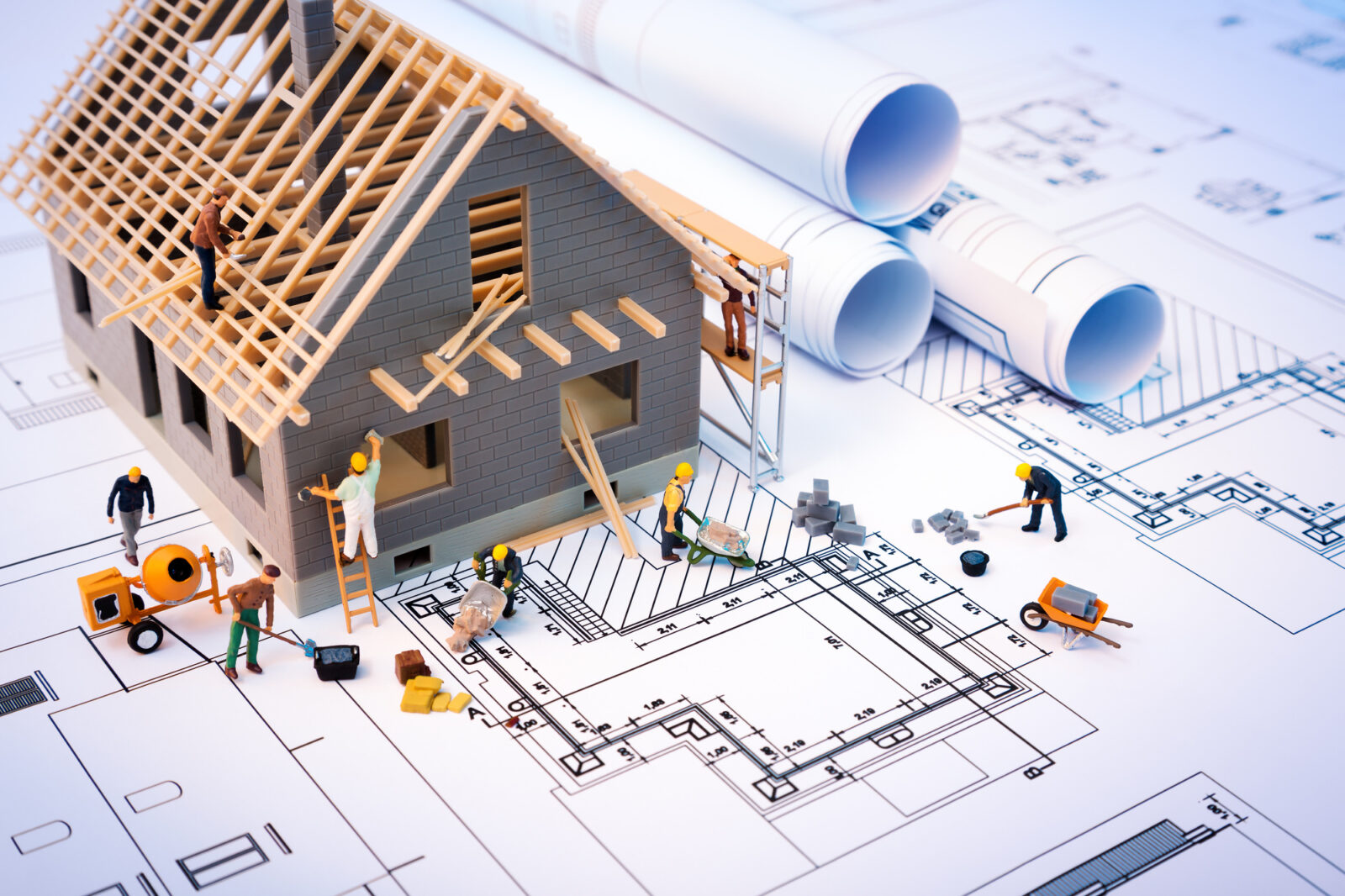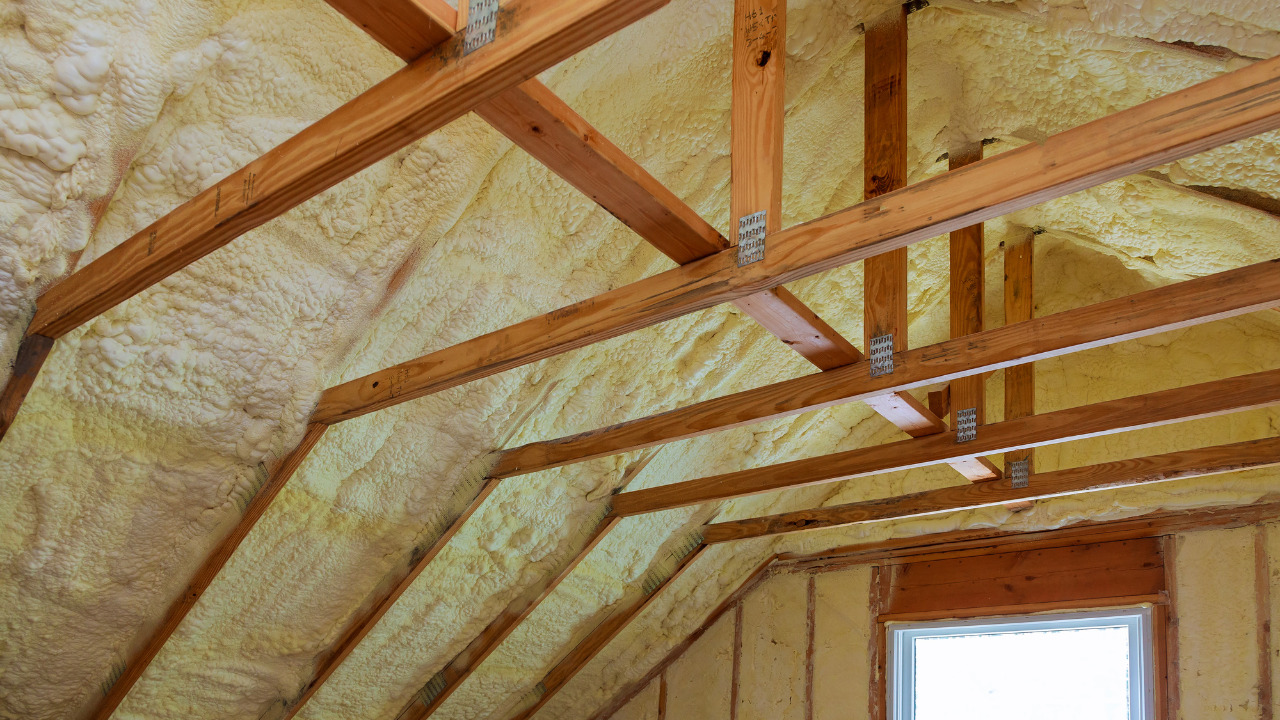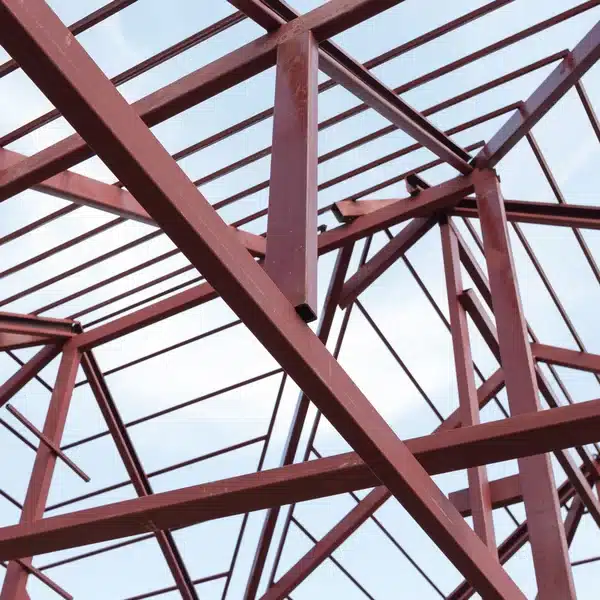To the uninitiated, construction may seem like a straightforward enough endeavor. You convey your vision and needs to a designer, they come up with a plan, and you hire a contractor to build it.
However, it won’t take long before you realize that the construction process is far more complex than that. Typical construction projects involve dealing with architects, engineers, builders, subcontractors, and multiple vendors, making aligning the many moving parts a delicate art.
This challenge has birthed the modern era of integrated project delivery, where a single entity oversees design, construction, and everything in between. This comprehensive approach, perfected by companies like jabconst.com, has become an ideal formula for aligned and efficient project delivery.
This article explores the design-build model, discussing its benefits and providing tips for selecting the perfect contractor for your project.
Table of Contents
Understanding The Design-Build Model
As alluded to earlier, design-build is a construction delivery method where a client commissions a project to one company. In this construction model, the design-build company is responsible for every aspect of the build, including:
- Assessments and estimates
- Architecture
- Engineering
- Procuring materials
- Construction
- Subcontracting
In contrast, traditional construction methods usually followed a design-bid-build (DBB) model where a client had to deal with separate entities to handle the different construction elements. As you might imagine, this approach places the heavy burden of negotiating with multiple parties on the client. Moreover, this model can lead to disjointed efforts, with successful project delivery taking a backseat to individual objectives.
The design-build model offers a holistic approach to project delivery, streamlining the process and aligning all efforts toward successful and efficient construction.

Benefits Of The Design-Build Model
To better demonstrate this hybrid project delivery model, consider the following advantages of this approach:
Faster Delivery
There are many ways the design-build model fosters faster project delivery. For instance, a client only needs to select one company to handle the entire construction project. This single point of contact also means any potential issues can be addressed and resolved faster, reducing downtime.
Moreover, the design-build model’s ability to overlap tasks allows for cohesive labor scheduling. For example, while design revisions for one section are ongoing, construction for another area can already be underway.
Total accountability
With every construction element under one umbrella, the design-build model promotes total accountability. Whereas the blame game can be a common pastime in other construction methods, coming up with coordinated solutions is what top-notch design-build companies do.
For example, an engineer who spots a potential issue with the electrical layout can directly discuss it with the architect instead of creating a report and waiting for a response.
Idea Incubation
With architects, engineers, and builders working together from the outset, the design-build team can constantly exchange ideas to develop the best and most innovative solutions. Whether it’s choosing more sustainable roofing materials or adopting modern construction methods, this constant flow of ideas allows clients to vet more options and get the best value for their projects.
Enhanced Quality Control
Maintaining quality is paramount in any construction project. And since the entire project is under one umbrella, there’s uniformity in the quality standards and protocols followed. Moreover, the integrated teams can perform regular quality evaluations at every project milestone.
For example, before finalizing a design element, the entire team can evaluate its practicality, durability, and alignment with the project’s goals. The enhanced quality control allows the team to address potential issues even before the construction phase begins. This practical step simply isn’t feasible in a DBB model.
Reduced Costs
The collaborative nature of design-build projects minimizes costly change orders and schedule delays. And in an industry where time is money, the efficiency enabled by this holistic construction approach helps deliver projects on time and within budget.
Tips For Choosing A Design-Build Firm
While the design-build model offers many advantages, not all firms can deliver on its potential. Here are some essential considerations to keep in mind when searching for the perfect design-build team for your project:
- Understand your needs: This allows you to clearly communicate your architectural, mechanical, budget, and preferred project schedule.
- Research their experience and portfolio: While an extensive and varied portfolio shows experience and versatility, it’s more important to check if a company has expertise in projects similar to yours in terms of type, scale, and complexity. This ensures your project is handled by a company familiar with its unique demands and intricacies.
- Interview multiple companies: This is an excellent way to compare service offerings and get the best value proposition.
- Ask for references: Whenever possible, contact past clients to get invaluable insights into the firm’s reliability and work ethic.
- Evaluate communication skills: Choose a design-build firm that values transparent communication. You can gauge this by the clarity and promptness of their responses to queries. You will be in constant communication with the company for several months, so choose a company you get along with.
- Visit an ongoing project: This is an excellent way to get a firsthand look at their working style and project management skills.
- Verify financial stability: Choosing a design-build team with sound financial health ensures external fiscal issues won’t hamper your project.
- Insist on sharing savings: When your contract with a design-build company allows you to share in savings, it signals that the firm is invested in the quality of your project. Conversely, when the contract doesn’t allow you to share in savings, it incentivizes coming under budget at the cost of cutting corners.
Additionally, here are some questions you can ask design-build companies:
- What is your design process?
- How do you manage change orders?
- What is your warranty policy?
- What are your payment terms?
Asking these questions allows you to get a better understanding of the company’s practices and how they will work with you on your project. Remember, while dealing with a single entity has its advantages, choosing the wrong design-build company can also compromise the entire project.
Final Thoughts
The shift from the traditional construction methods to the design-build model reflects the construction industry’s move towards more integrated, efficient, and client-friendly processes. This centralized project management structure fosters a collaborative environment where all stakeholders—clients, architects, engineers, and builders—align on the project’s goals.
When the successful execution of the project is every team member’s goal, everyone focuses on doing what benefits it, ultimately making it a winning approach for the client.





